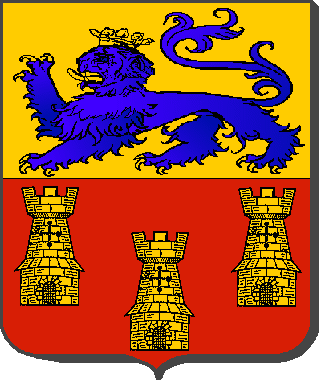

#Hotels ville langy full
All bookings made within 12 weeks of stay must be paid in full at time of booking. Any such increases will be charged as notified and will be payable.Īll bookings can be paid for in full at time of booking. Irish Landmark is unable to absorb increases in Value Added Tax or any new forms of taxation which may be introduced. However, such amendments to price will not be applied to holidays already confirmed.Īll prices quoted are based on current prices and rates of V.A.T. Irish Landmark reserves the right to increase or decrease the price of unsold holidays at any time. The Contract of Hire is not effective until Irish Landmark dispatches to the Hirer written confirmation of a booking. The hiring contract shall be between the Hirer and Irish Landmark and made subject to these Booking Conditions. When you book, you agree to indemnify us against all loss and damage arising directly or indirectly to the property and its contents from any deliberate or negligent act or omission by yourself, or any person accompanying you.

When you make a booking, you accept full responsibility for all persons who will use or visit the property during the period booked. Irish Landmark reserve the right to refuse hire for purposes other than holiday accommodation. Your booking must be for holiday purposes only. You can follow any responses to this entry through the RSS 2.0 feed.īoth comments and pings are currently closed.It is possible to reserve dates online at but bookings are not confirmed until a confirmation email is received from the bookings desk. This entry was posted on Monday, July 16th, 2012 at 3:26 pm and is filed under Hotel de Ville, language barrier. The Hotel de Ville is still used as the City Hall today.Īlso, I just wanted to point out that the square outside of City Hall was enlarged by Baron Haussmann because he went about changing and modernizing just about everywhere in central Paris. It’s also similar to regulations in some historic districts. I think it’s interesting how they used this technique to preserve the facade of the original building, showing that even back then history and old architecture was valued at least to a degree. Théodore Ballu and Edouard Deperthes won with the idea of rebuilding the exterior of the building as it was (I think the tour guide said they c hanged it slightly to take up less room?), but using a new design for the interior. Once the government regained control, they held a competition for the re-design of the building (just like with the Opera-I guess that was a popular strategy). In 1871, it was occupied by revolters who subsequently burned it down. The initial City Hall was constructed between 15. Still, it gave the impression of the power and wealth of France, as was likely the purpose for the Second Empire design.īecause I was unfortunately unable to learn too much during the tour, I did a little research to try and fill the gaps. I could definitely see similarities between it and Versailles and the Opera, yet it seemed less overwhelming (perhaps it’s simply because I’m too used to grandeur from the other two visits?). It was grand with arches with columns, gold, stained glass windows, painted ceilings, and chandeliers. That’s pretty cool and the architecture was beautiful, but I was pretty bored from at first trying to understand the tour guide and only understanding a few words here and there, then I gave up and took in the architecture. Jenna summarized part of it and I learned that it is the City Hall, it was burned during the Revolution and had to be built, and that it was one of the first buildings to have electricity. Today, a group of us went with MICEFA to tour the Hotel de Ville (City Hall).


 0 kommentar(er)
0 kommentar(er)
